Sharks are among the ocean’s most fascinating and misunderstood creatures. While they play an essential role in marine ecosystems, encounters with them can sometimes turn deadly. With their warm waters and rich marine life, certain countries naturally see more shark activity—and, unfortunately, more fatal attacks. These 15 countries top the list for fatal shark encounters, from renowned beaches to lesser-known coastal havens.
1. Australia: A Surfer’s Cautionary Tale
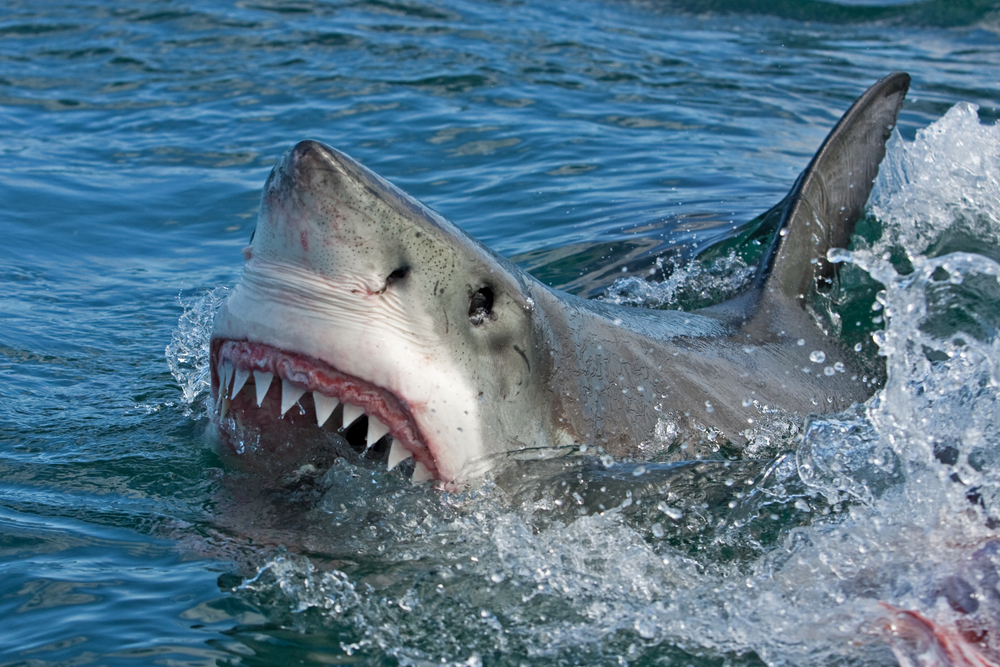
Australia holds the top spot for the most fatal shark attacks, thanks to its vast coastline and the high number of water activities like surfing, diving, and swimming. The country’s waters are home to some of the world’s most dangerous sharks, including great whites and tiger sharks. Fatal encounters are most common in areas like New South Wales and Western Australia, where sharks thrive in the nutrient-rich waters. For Australians, the beach is a way of life—but so is the respect for the apex predators that patrol the waves.
2. United States: Shark Attacks by the Numbers
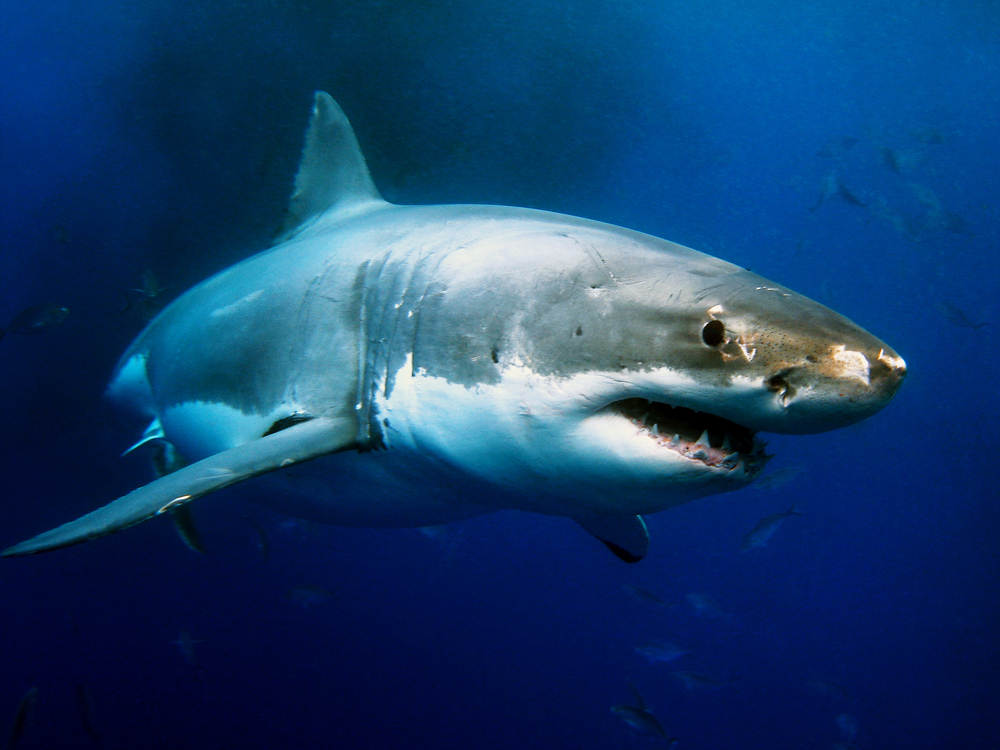
The United States, particularly Florida, ranks high on the list of fatal shark attacks, even though most encounters are non-lethal. With its extensive coastlines and thriving water sports culture, the U.S. sees a significant number of shark-human interactions annually. Hawaii and California also contribute to these numbers, with their picturesque yet shark-populated waters. While the risk remains low overall, these attacks serve as a reminder that enjoying the ocean requires vigilance and an understanding of the creatures that call it home.
3. South Africa: Great Whites and Danger Zones
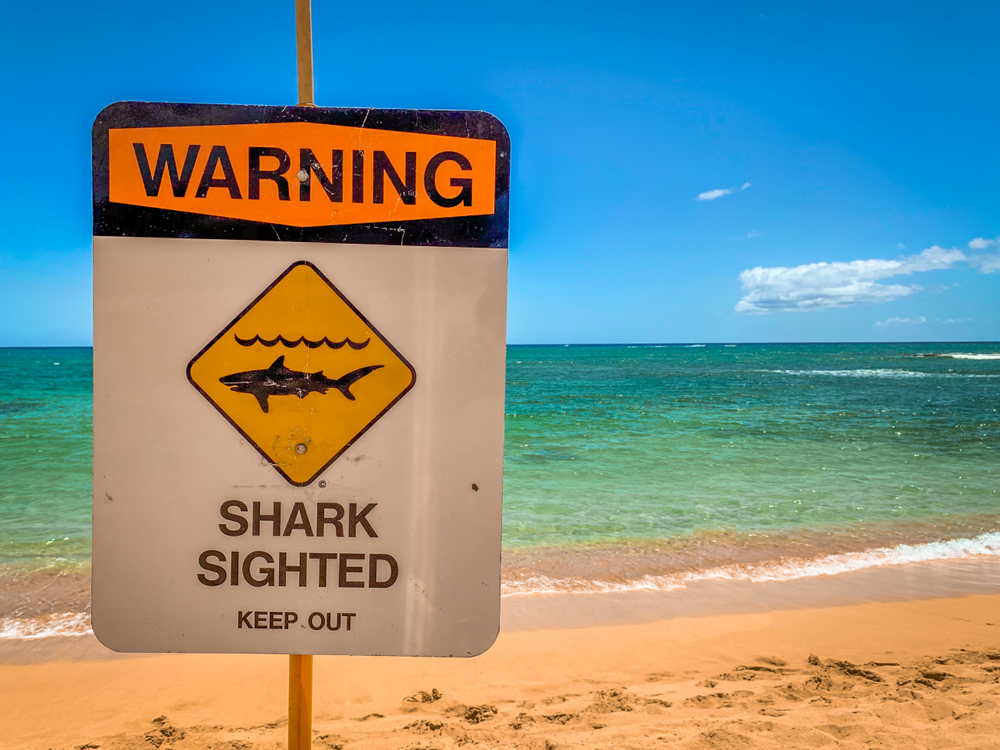
South Africa’s waters are infamous for great white sharks, particularly around Cape Town and the Western Cape. The country’s shark cage diving industry has added to its reputation as a hotspot for these majestic yet deadly predators. While shark attacks are rare, when they occur, they are often fatal due to the size and power of the sharks involved. For locals and visitors alike, the beauty of South Africa’s beaches is matched only by the awe-inspiring presence of these ocean giants.
4. Brazil: Danger Beneath the Samba
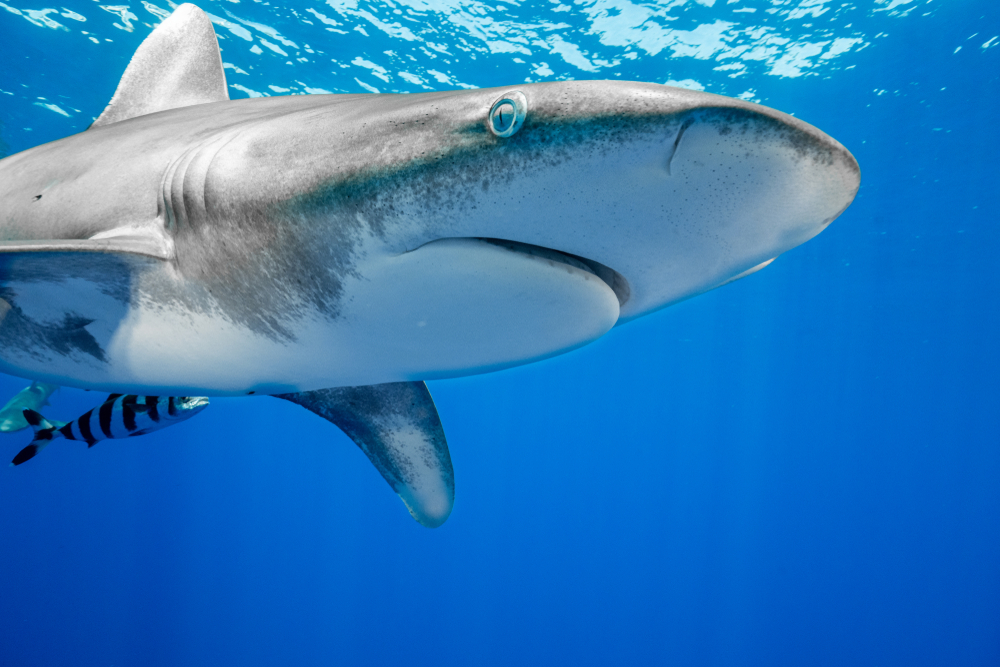
Brazil’s northeastern coast, particularly around Recife, has a troubling history of fatal shark attacks. This region’s deep coastal waters and strong currents create ideal hunting grounds for bull sharks, which are known for their aggression. Over the years, this area has become one of the most notorious shark attack zones in the world. While Brazil’s beaches are undeniably stunning, visitors and locals are advised to remain cautious, especially in areas known for frequent shark activity.
5. Bahamas: Beauty and the Bite
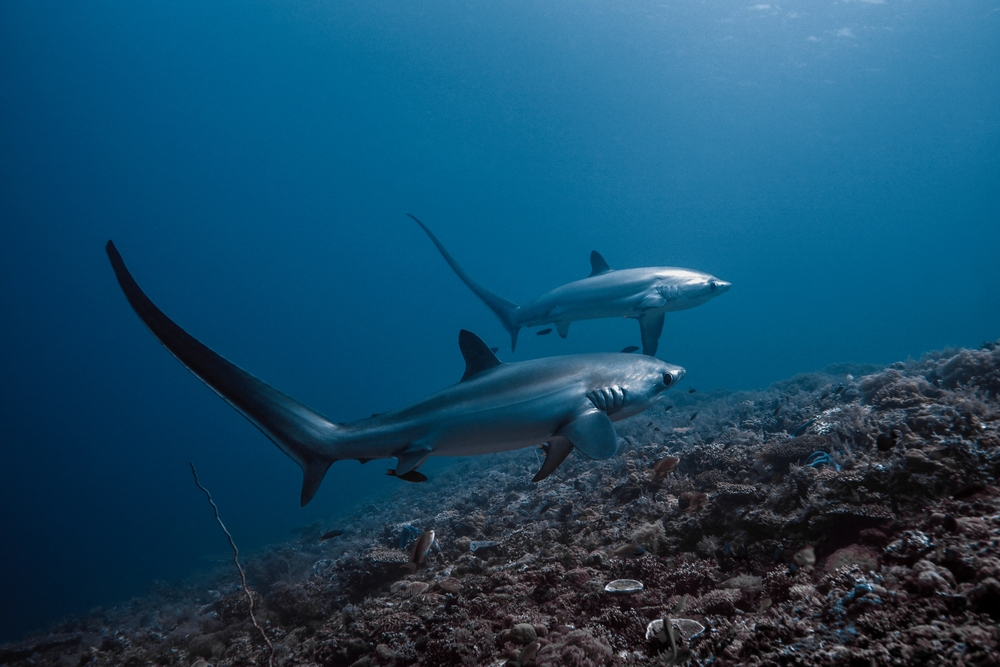
The Bahamas might be a tropical paradise, but its clear waters are home to a variety of shark species, including bull sharks and tiger sharks. Fatal encounters are less common than in other regions, but the country has still experienced its share of tragic incidents. Tourists flock here for snorkeling and diving, sometimes forgetting that the waters are also prime territory for these apex predators. The beauty of the Bahamas comes with a reminder to always be aware of your surroundings.
6. Reunion Island: A Volcanic Predator Haven
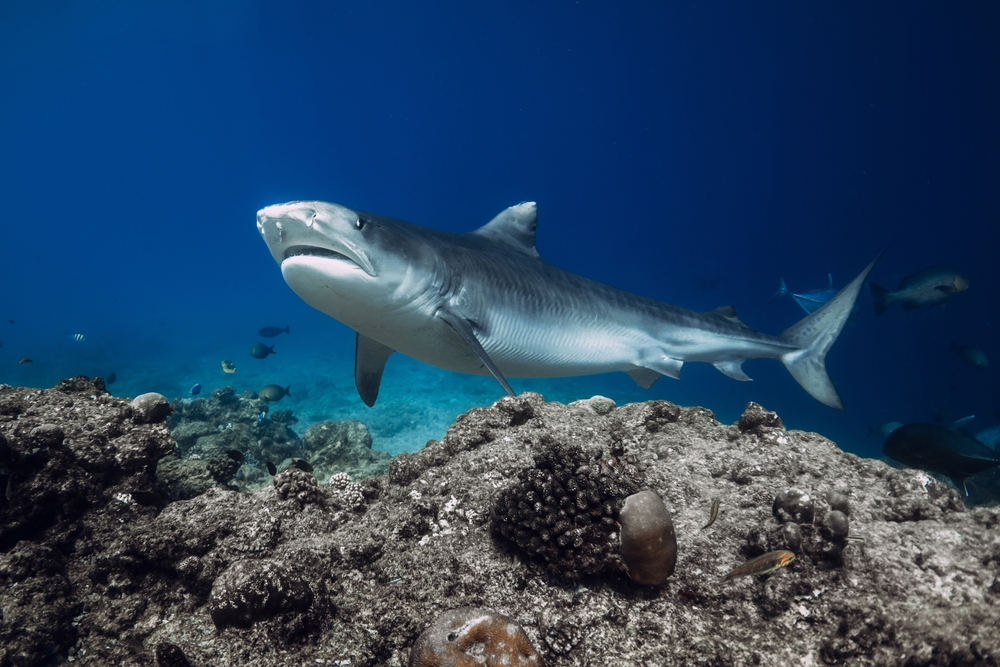
This small island in the Indian Ocean has gained a notorious reputation for fatal shark attacks. Reunion’s rugged coastline and deep waters attract aggressive species like bull sharks and tiger sharks. Several beaches on the island have been closed to swimming due to the high risk of shark encounters. Despite this, the island remains a favorite among thrill-seekers and surfers willing to face the dangers for its unparalleled waves.
7. New Zealand: Fatalities in Serene Waters
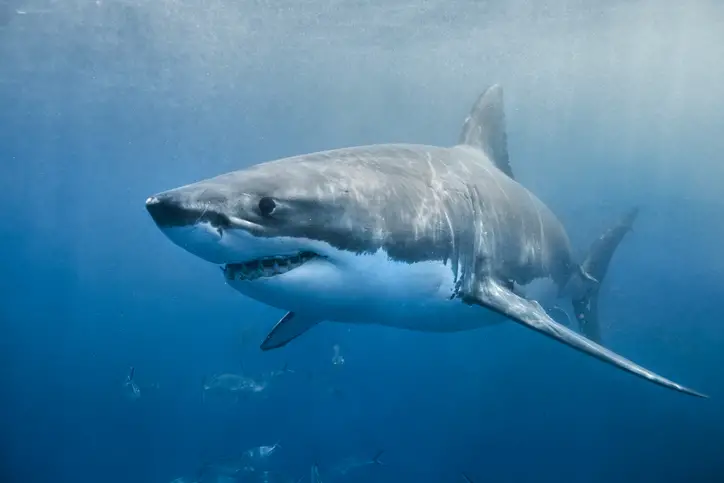
New Zealand’s waters are home to several shark species, including the great white. Although attacks are rare, they tend to be fatal when they occur, given the size of the predators involved. Coastal areas like Northland and the Bay of Plenty have seen tragic incidents over the years. With its breathtaking landscapes and abundant marine life, New Zealand remains a top destination for adventurers who respect the ocean’s duality of beauty and danger.
8. Egypt: Fatal Encounters in the Red Sea
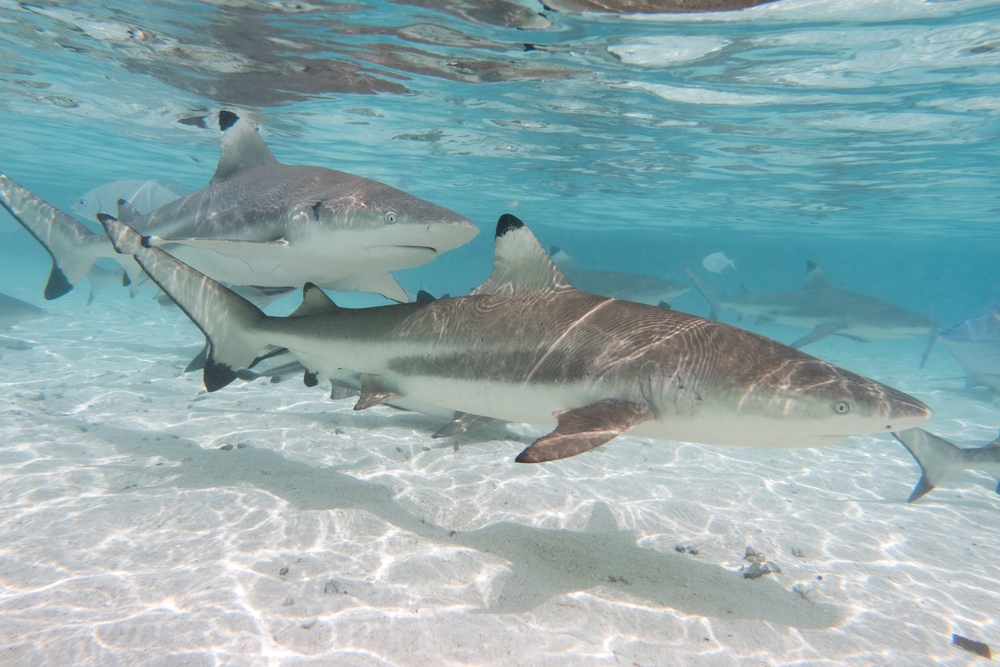
Egypt’s Red Sea coastline is known for its vibrant coral reefs and thriving marine life, including sharks. While the region is a favorite among divers, it has also seen its share of fatal shark attacks. Species like oceanic whitetips, known for their curiosity and aggression, are commonly found in these waters. Despite these risks, the Red Sea continues to attract tourists drawn to its underwater beauty and the thrill of swimming alongside its inhabitants.
9. Papua New Guinea: Remote and Dangerous
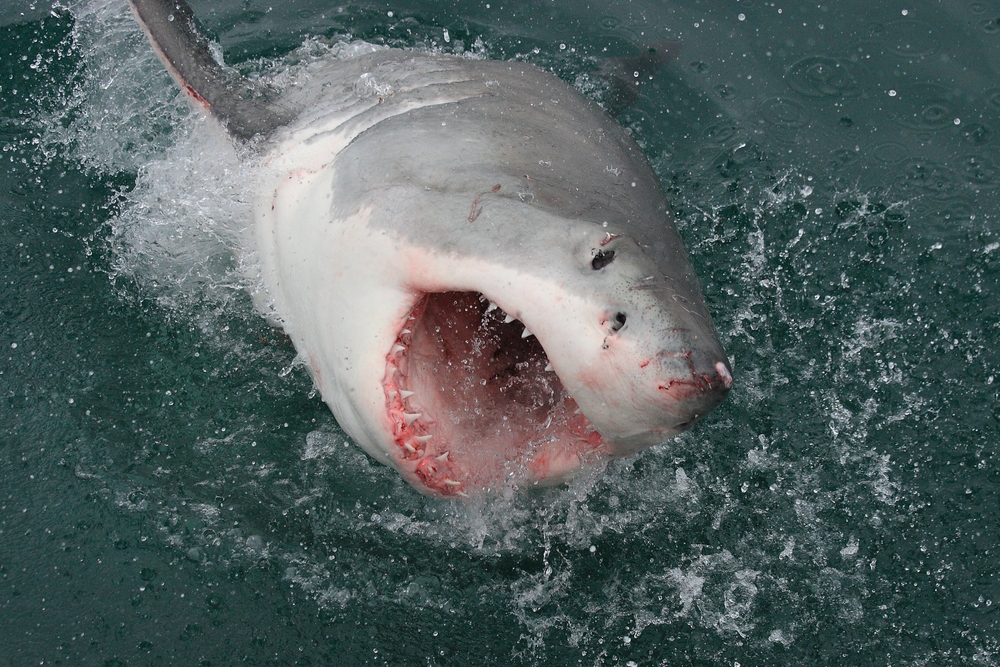
Papua New Guinea’s pristine, remote beaches are as dangerous as they are beautiful. With minimal human activity and thriving ecosystems, the waters here are home to a variety of shark species, including bull sharks and tiger sharks. Fatal attacks, though infrequent, do occur, often involving locals who rely on fishing and swimming for their livelihoods. The remoteness of the region adds to its mystique and its risks, making it a place of both wonder and caution.
10. Madagascar: A Quiet Danger
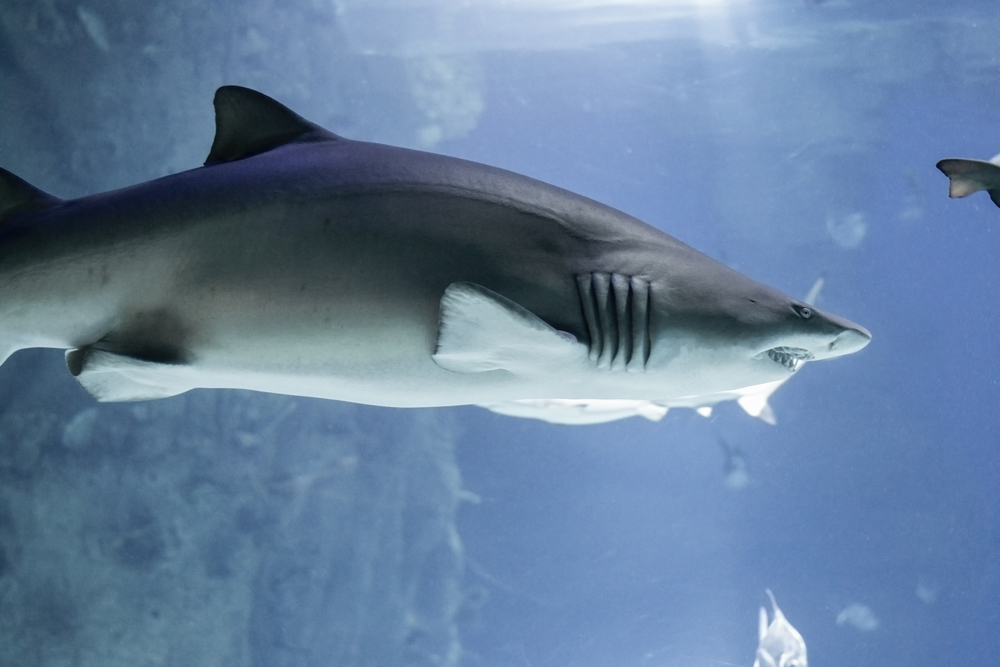
Madagascar’s waters are relatively unexplored compared to other shark attack hotspots, but the island has still experienced fatal encounters. The combination of warm waters, remote beaches, and abundant marine life creates an environment where sharks thrive. For those venturing to Madagascar’s shores, the risks may be minimal, but they are ever-present. The island’s untamed beauty is a reminder of nature’s power and the need for respect in its domain.
11. Mexico: A Mix of Beauty and Risk’
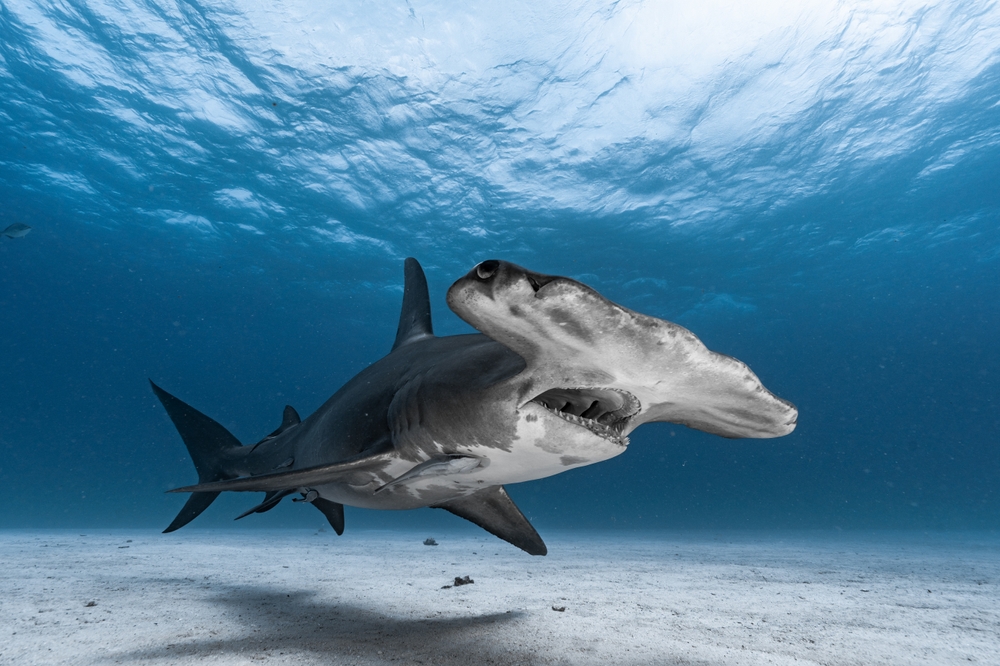
Mexico’s Pacific coastlines, including Baja California, are home to a variety of shark species, from hammerheads to great whites. While shark attacks here are less common than in other countries, when they occur, they are often fatal. Mexico’s vibrant marine environments attract divers and adventurers eager to explore the ocean’s depths. Awareness and caution are essential when venturing into these waters, where beauty and danger coexist.
12. Fiji: Fatalities in Paradise
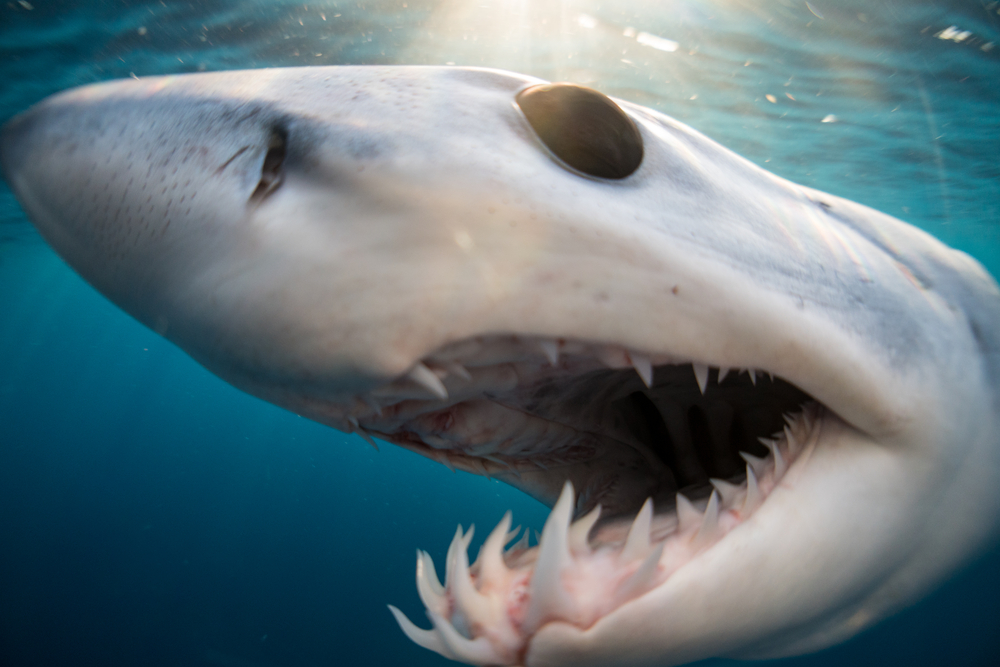
Fiji’s azure waters and idyllic beaches make it a dream destination, but the presence of sharks adds an edge of danger. Though attacks are rare, fatalities have occurred, often involving bull sharks or tiger sharks. The country’s marine biodiversity attracts divers and thrill-seekers, drawn to the possibility of close encounters with these powerful creatures. Fiji’s balance of beauty and risk serves as a reminder that even paradise has its predators.
13. Seychelles: Tranquility with a Bite
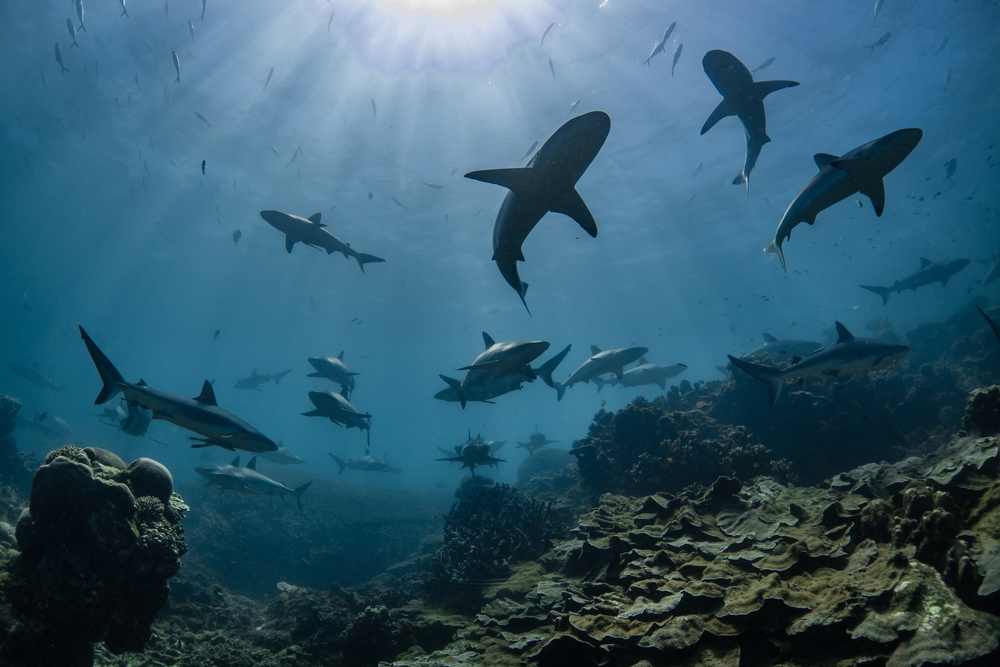
The Seychelles’ serene waters have been marred by occasional fatal shark attacks, particularly in areas with thriving marine ecosystems. Warm waters and abundant fish stocks make the region a natural habitat for sharks. Though rare, these incidents have cast a shadow over the islands’ reputation as a tranquil retreat. Visitors continue to flock to the Seychelles, embracing the beauty of its beaches while respecting the ocean’s unpredictability.
14. Indonesia: Danger in Diversity
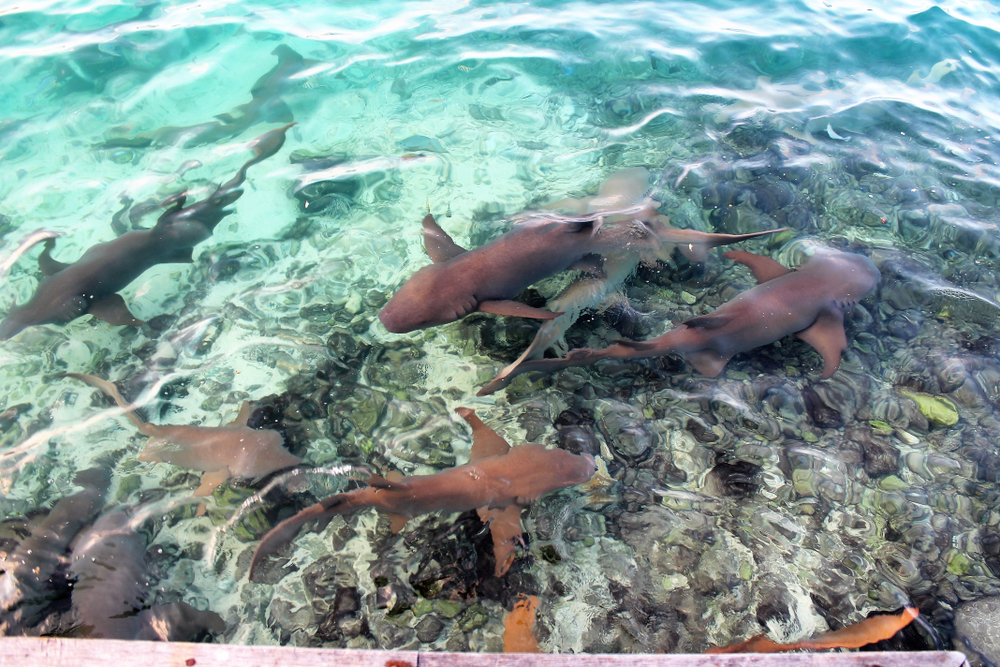
Indonesia’s vast marine environments are among the richest in the world, drawing divers and surfers from every corner of the globe. Fatal shark attacks are infrequent but not unheard of, particularly in remote regions where human activity is minimal. The country’s waters are home to species like tiger sharks and oceanic whitetips, which add an element of risk to its allure. For those seeking adventure, Indonesia offers a breathtaking, if occasionally dangerous, experience.
15. Japan: Fatalities in the Far East
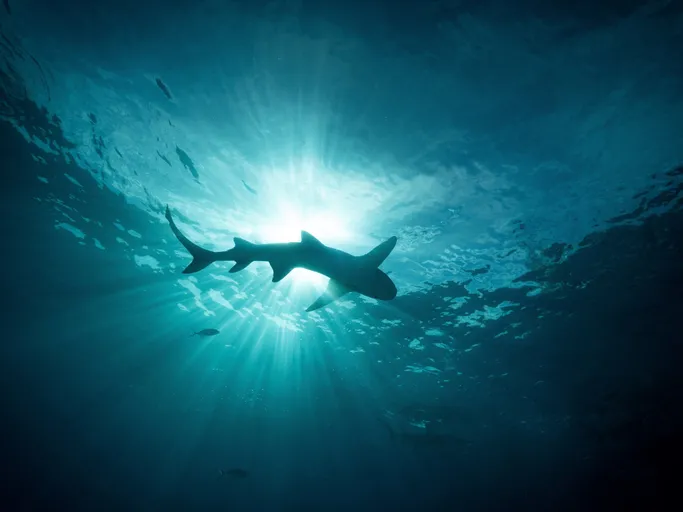
Japan’s coastline is extensive and teeming with marine life, including sharks. Though attacks are rare, the country has seen fatal encounters, particularly in areas like Okinawa and the Pacific coast. Japan’s cultural respect for nature extends to its marine predators, with locals balancing tradition and caution when navigating these waters. The presence of sharks adds a layer of intrigue to Japan’s coastal beauty, blending respect for the ocean’s power with appreciation for its mystery.
